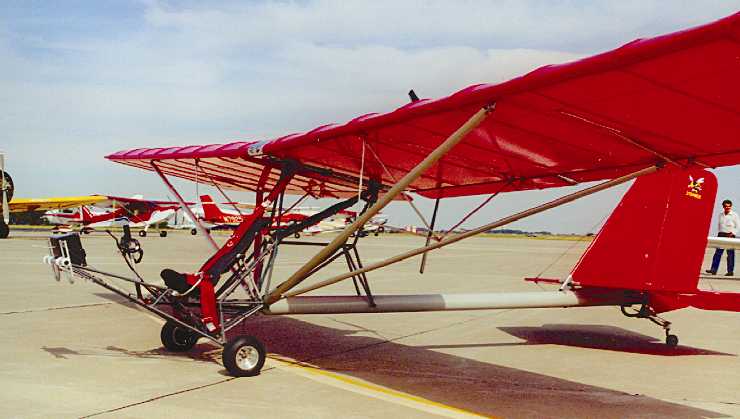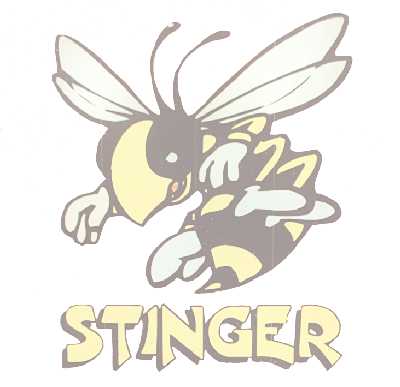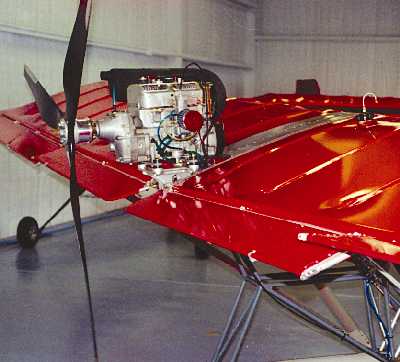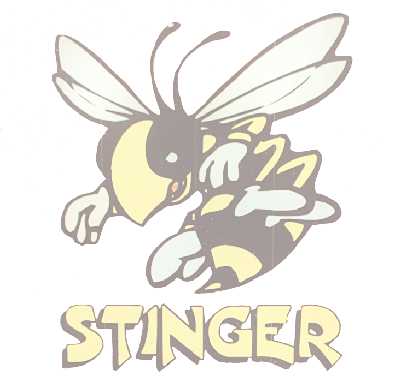
The original concept and final design Stinger appear to share only two things. First is the name – S-17 Stinger – and the second is the little bumblebee logo. In every other case I could discern, the finished Stinger is a totally new design from Randy Schlitter’s original idea. Stinger version two flew for the first time on September 10, 1999. Barely a week later, I found myself aloft in the new ultralight. Normally, I’m not anxious to jump into a manufacturer’s brand-new design. I much prefer waiting until they have the design fully worked out. However, Randy Schlitter has an excellent reputation for airplanes that seem to fly right off the drawing board (or out of the CAD program these days). He’d put some hours on the Stinger and had given it his blessing. I observed him fly it first and by all measures, it appeared to be ready for evaluation flying.














